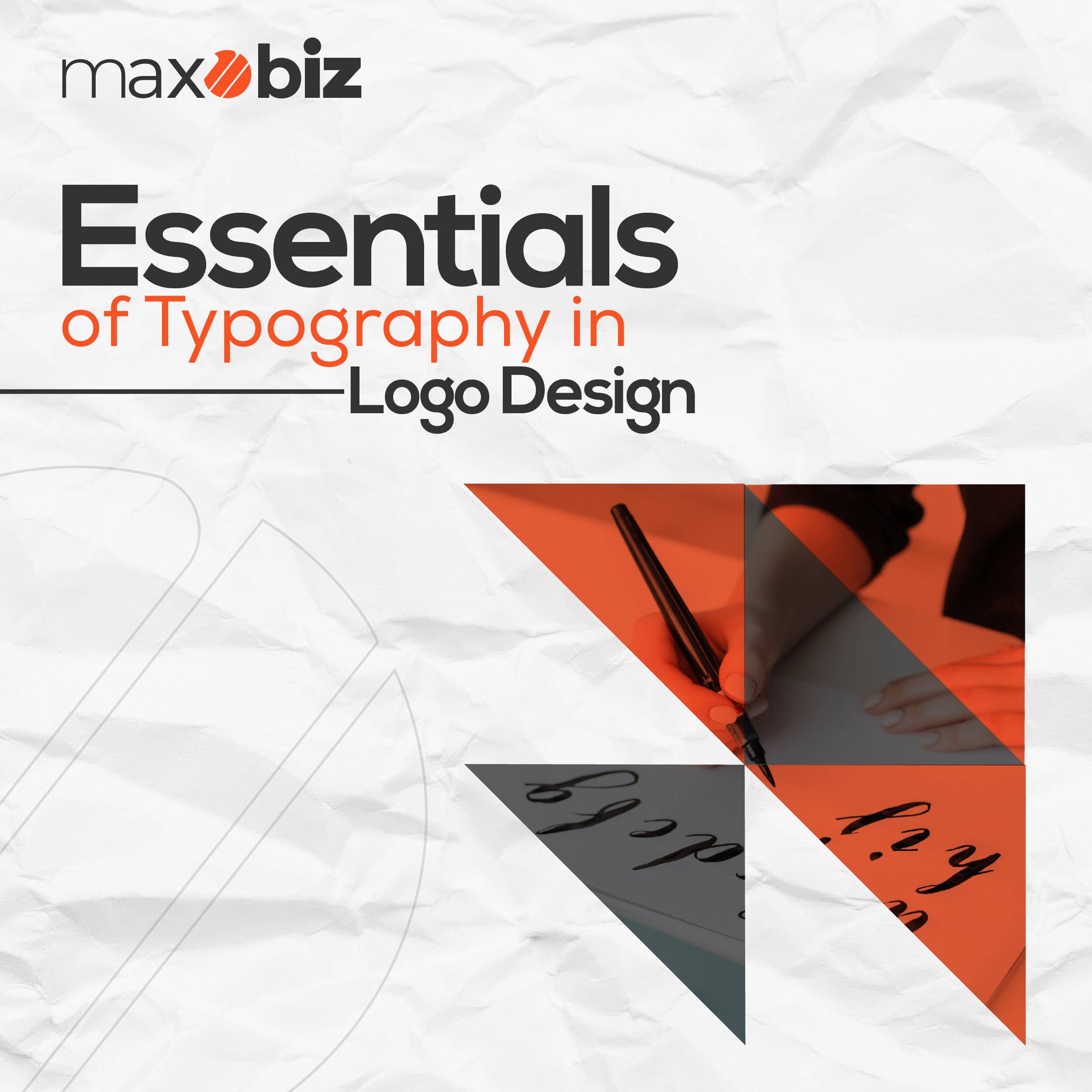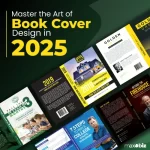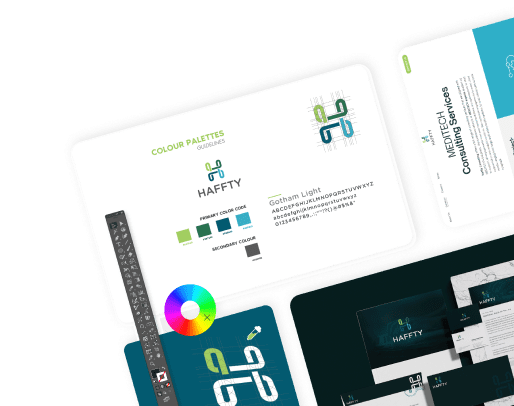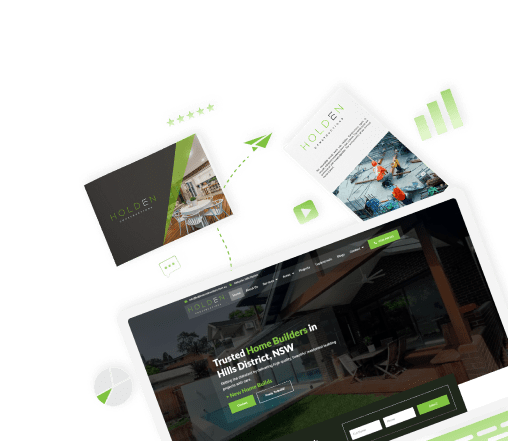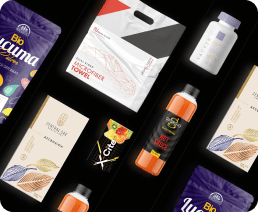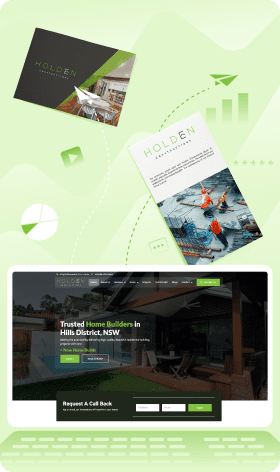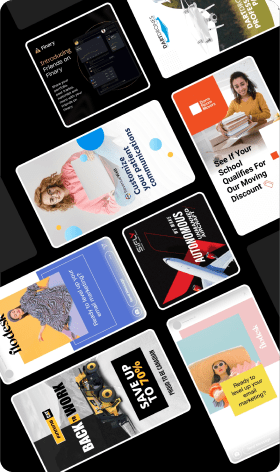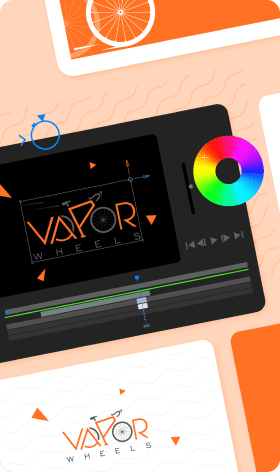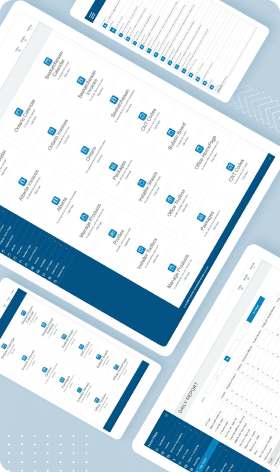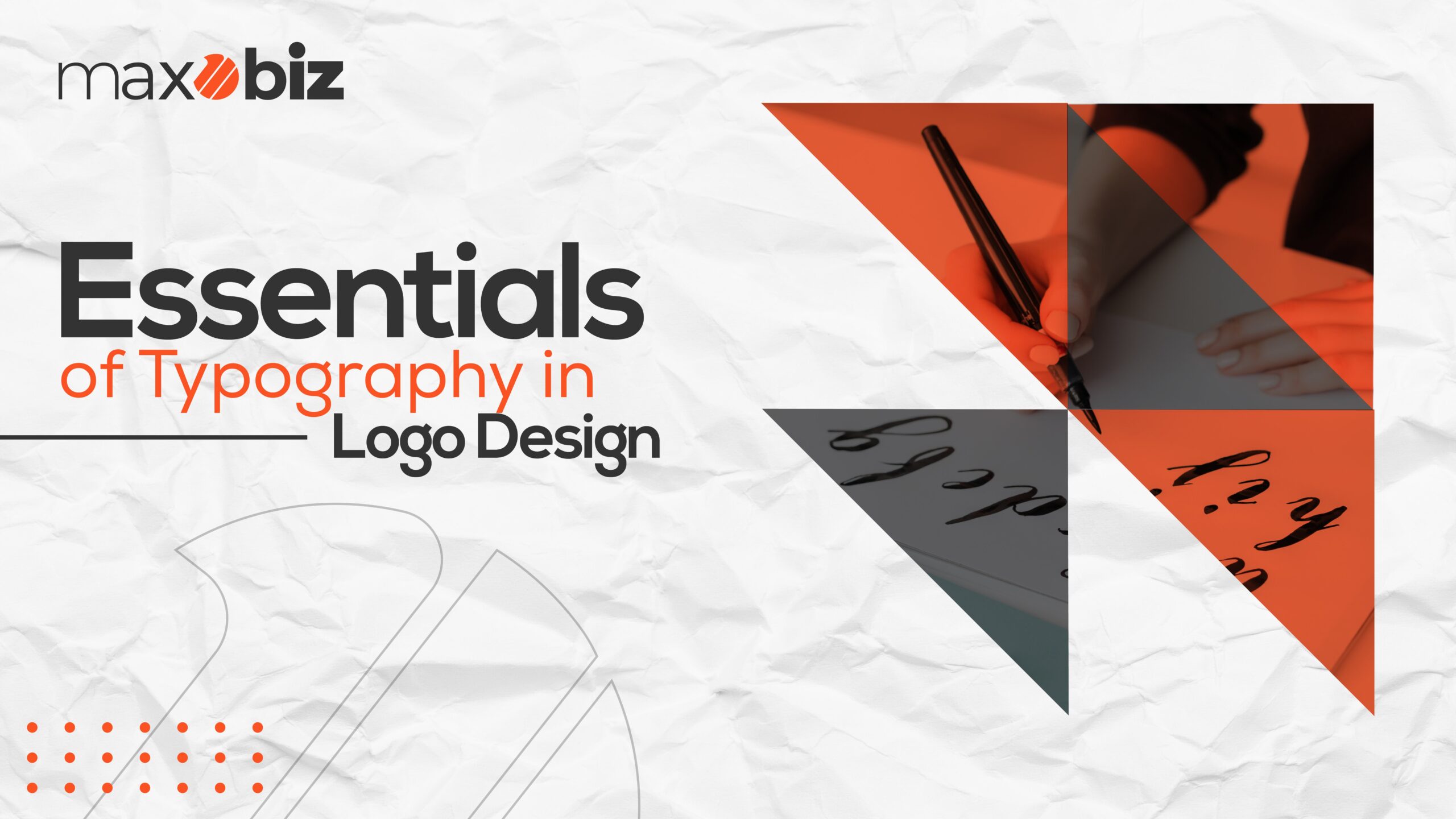Exploring: Typography’s Impact on Logos
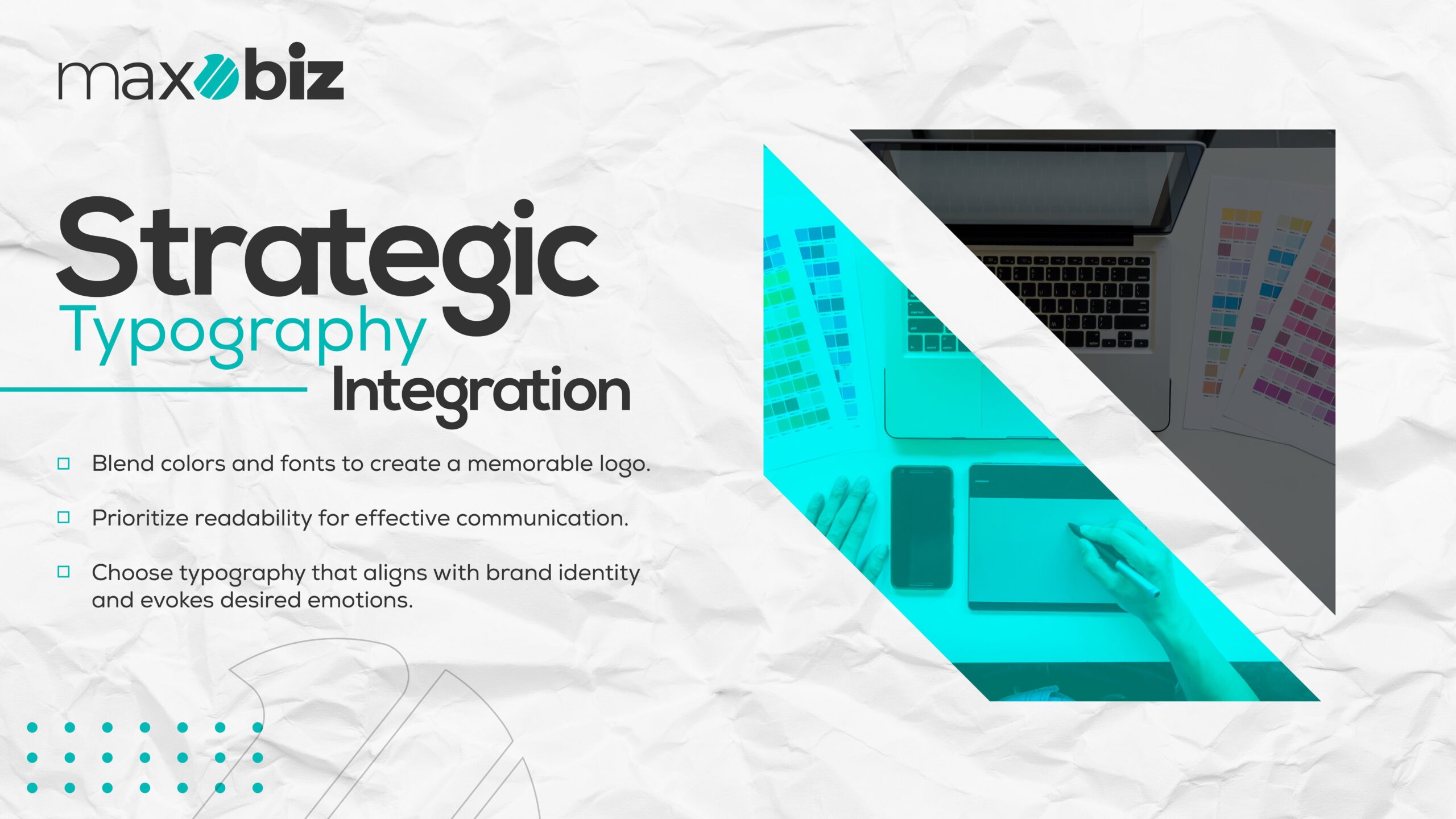
Integrating Color and Font for Memorable Logos:
Now, imagine blending colours with fonts. It’s like mixing the perfect cocktail—the colour and font in your logo need to complement each other. The right combination can make your logo pop and stick in people’s minds. Think of famous brands – their logos aren’t just a random mix, right? It’s a carefully thought-out combo that tells their story.
Psychological: Influence of Typography
Typeface-Driven Emotional Connections:
Fonts can make you feel things. Seriously! A playful font might make you happy, while a more serious one could make you trust the brand more. It’s all about hitting the right emotional notes with your audience.
The Importance of Readability:
If your logo’s font is hard to read, it’s like a joke that no one gets. It should be clear and easy to read. After all, what’s the use of a logo if people can’t read it?
Typography: as a Branding Tool
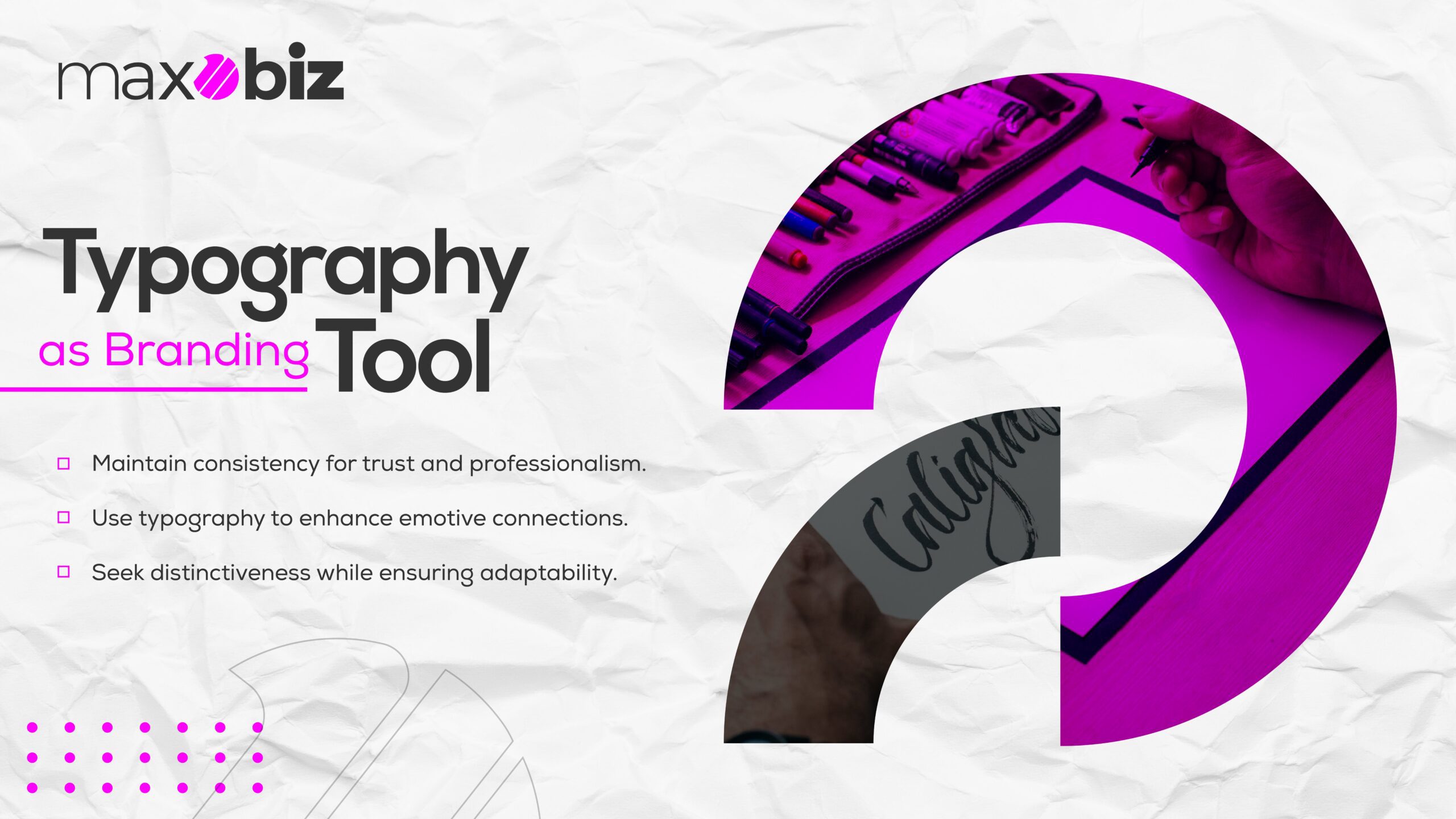
Trust and Consistency through Typography:
Consistency is key. Stick with one font style across all your branding. It builds trust and makes your brand look professional.
Emotive Brand Connections:
Just like a good song, the right typography can stir emotions. It can make your brand feel more relatable and human.
Clarity and Legibility:
Again, if it’s not clear, it’s not working. Your logo should be legible in all sizes – from a giant billboard to a tiny smartphone screen.
Typographic Distinction:
Stand out from the crowd! Your choice of typography should make your logo unique and distinguishable.
Flexible Typography for Broader Reach:
Finally, your typography should be flexible enough to adapt across different platforms and mediums, making sure your brand connects with as wide an audience as possible. The world of typography in logo design is a blend of art, psychology, and strategy. It’s not just about looking good, it’s about conveying a message that resonates with your audience.
Typography’s Role in Logo Perception:
So, what’s the big deal about typography in logos? Well, it’s like the outfit a brand wears to a party. It can make a brand look fun, serious, classy, or super cool. Just like we choose our clothes to express our personality, companies use typography in their logos to tell us who they are and what they stand for.
Font Styles and Brand Identity:
Think of font styles as different types of handwriting. Some are neat, others are more casual and fun. Each font style gives off a vibe that can say a lot about a brand. For instance, a fancy script might make you think of elegance, while a bold, blocky font might scream adventure!
The Role of Weight and Size:
Weight and size in fonts are like the volume and emphasis in our voice. A bold, large font is like shouting with excitement, while a thin, small font might be like a whisper, suggesting something more delicate or sophisticated.
Kerning and Aesthetic Appeal:
Kerning is all about the space between letters. Imagine if you stood close to your friends in a photo making the whole thing easy on the eyes.
Color in Typographic Emotion:
Colours are like the mood music of typography. They can make you feel different things – blue might calm you down, red might pump you up with energy, and pink might make you think of something sweet or cute. In logos, the color of the typography plays a big part in how we feel about the brand.
Alignment and Brand Perception:
Alignment is like the way you organize your desk. Neat and centered? You might seem organized and traditional. Off to the side? Maybe you’re more creative and quirky. The way letters are aligned in a logo can give us hints about the brand’s personality.
Significance of Capitalization:
Capital letters are like dressing formally – they can make a brand look more serious and important. Lowercase letters are like casual wear – they can make a brand feel friendlier and more approachable.
Custom Fonts for Brand Uniqueness:
Custom fonts are like having a one-of-a-kind outfit. They make a brand stand out and show that it’s unique. When a brand has its special font, it’s easier for us to recognize and remember it.
Cultural Sensitivity in Typography:
Just like it’s important to be respectful and aware of different cultures in real life, it’s crucial in typography too. Fonts should fit well with the culture of the audience they’re meant for, without being offensive or stereotypical.
Typography Adaptability:
Adaptability ensures your logo stays relevant and resonates with ever-evolving audiences. A good font should work well across different platforms, from a giant billboard to a tiny phone screen, and still look great and be easy to read.
Global Branding and Typography
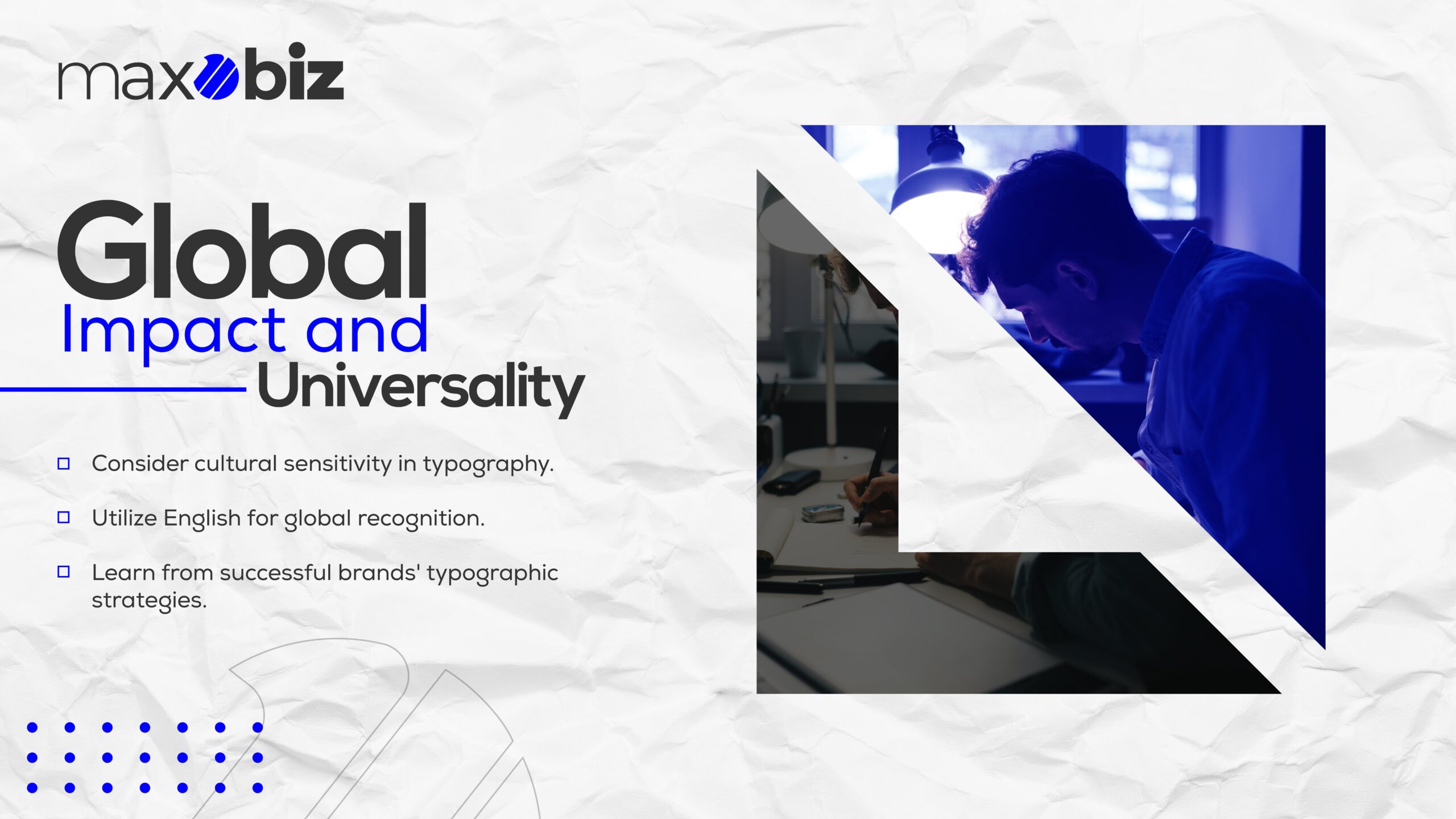
Typography’s Global Influence on Logos:
Ever noticed how some brand logos just look so catchy and memorable? That’s the magic of typography! It’s not just about the letters, it’s about how they make you feel and remember a brand. Whether it’s a squiggly font or a bold, strong type, these letters tell a story beyond words.
Language and Typography in Global Markets:
When brands go global, they have to think about how their typography will chat with people in different countries. It’s like speaking in a universal visual language! Sometimes, they have to tweak their style to make sure it’s understood and loved in various cultures.
English as a Universal Typographic Language:
English has become a bit of a rock star in the world of global typography. You’ll see it everywhere! Brands often use English in their logos because it’s like a bridge that connects people from all over the world.
Global Brand Typography Case Studies:
Let’s dive into some examples of famous brands and how they use typography to make a splash globally!
Cadbury:
Cadbury, the chocolate that makes mouths water! Their logo is playful yet elegant, with a hint of luxury. It’s like the font is saying, “Hey, I’m sweet and sophisticated!”
McDonald’s:
McDonald’s is a big deal, right? Their typography is bold and fun, just like their burgers. It’s instantly recognizable and feels friendly and welcoming – like a happy meal!
Facebook:
Facebook’s logo is clean and modern. It’s like it’s saying, “I’m cool, I’m tech-savvy, and I’m here to connect you with the world.” It’s straightforward but powerful.
Four Keys to: Effective Logo Typography
Business Niche and Typography:
First off, think about what your business is all about. If you’re all about fun and games, you wouldn’t want a serious, stuffy font, right? Your font should scream “This is who we are!” Are you a law firm? Maybe go for something strong and classic. Selling cupcakes? Something sweet and playful might be just the ticket!
Audience-Centric Typography:
Next up, who are you talking to with your logo? If your audience is young and hip, you probably want a font that’s modern and cool. But if you’re talking to a more mature crowd, a traditional, easy-to-read font could be your best friend. It’s all about speaking your audience’s language, but with fonts!
Selecting Typographic Colors:
Colours are like the spices in cooking – they can totally change the flavour! Choosing the right colour for your letters can make a huge difference. Bright colors might shout “Look at me!” while softer tones could say “We’re friendly and approachable.” It’s like picking the perfect outfit for your words!
Creating Universally Appealing Logos:
Now, here’s a challenge: making a logo that pretty much everyone likes. This is tough, but not impossible! You want a font that’s clear, simple, and just feels right. Think of the big brands – their logos are usually pretty straightforward but memorable.
Crafting Typographic Logos
Techniques for Effective Logo Typography:
So, how do you make these awesome typographic logos? Play around with sizes, and spacing, and maybe even mix different fonts (but not too many, or it gets messy!). It’s like crafting a mini artwork with letters.
Inspirational Typographic Logo Ideas:
Ready to put theory into practice? Explore cool techniques for awesome logo typography, like using space in clever ways or connecting letters. Get inspired by iconic logos like Coca-Cola or Google, and don’t be afraid to experiment with different fonts and colors. Need some more ideas? Look around! Check out famous brands, or even local shops. See how they use fonts in their logos. Notice what you like and what you don’t. It’s like going on a treasure hunt for cool ideas!
Concluding:
Thoughts on Typography in Logos
Wrapping it up, remember that your logo tells a story about your brand. The fonts, colors, and design are like the characters in that story. You want it to be a bestseller, right? So, it’s important to take your time, experiment, and, most importantly, have fun with it!
